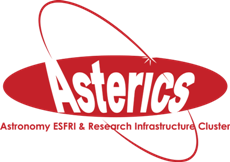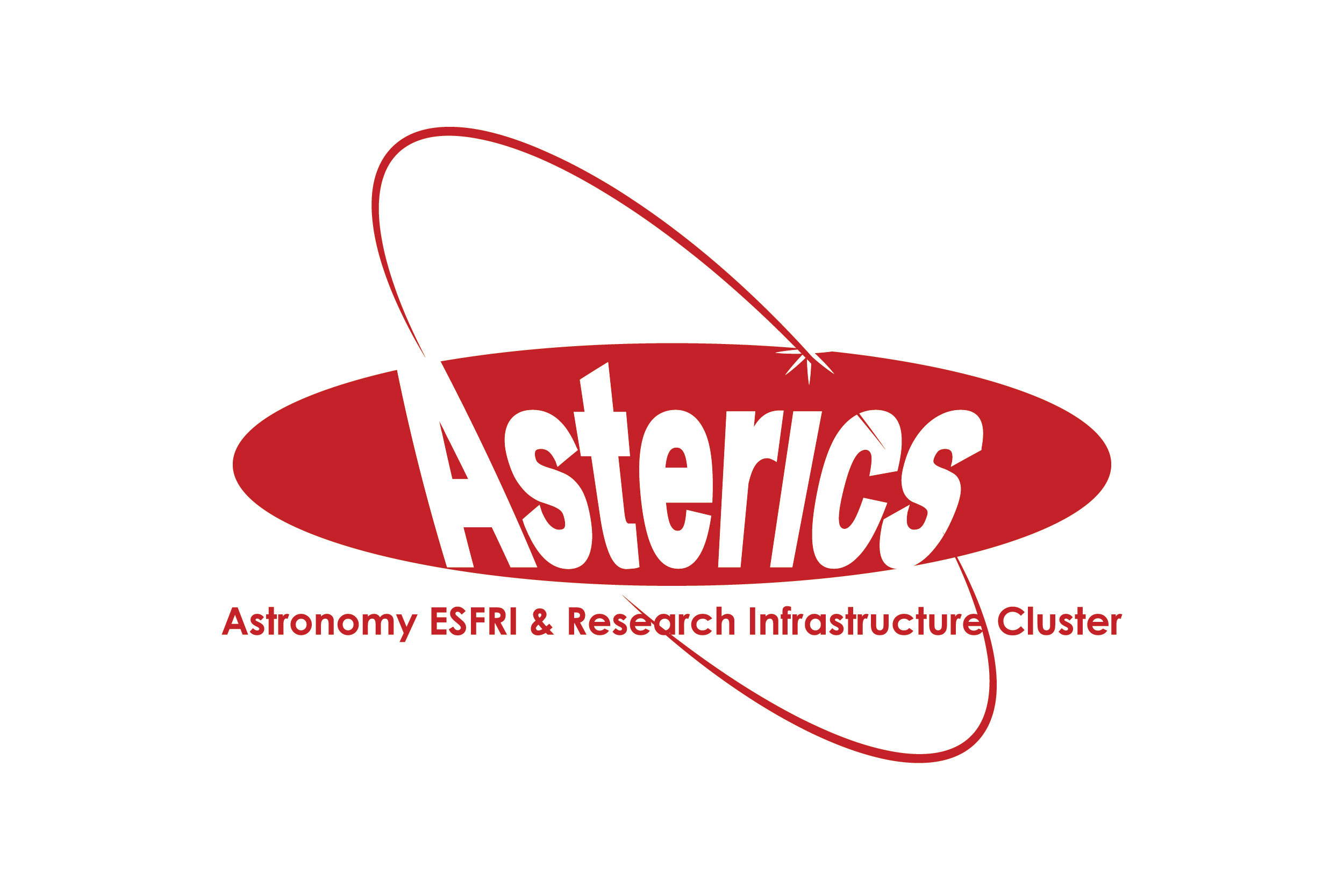The New Era of Multi-Messenger Astrophysics Conference
The past few years have been pivotal for multi-messenger astrophysics, with the first detection of gravitational waves from the merging of two neutron stars and the recent announcement of a high-energy neutrino event detected by IceCube coincident in direction and time with a gamma-ray flare from a blazar detected by Fermi. Gravitational Wave and Neutrino sources and their electromagnetic counterparts, together with new developments in transient astronomy, are a vibrant field where the nature of many phenomena is still unknown or debated. Furthermore, the generation of new sensitive, wide-field instrumentation across the entire electromagnetic and astroparticle spectrum (SKA, CTA, KM3NeT, ELT, Athena) are set to radically change the way we perceive the Universe. In the next decade, space and ground-based detectors will jointly explore the Universe through all its messengers. Adequate e-infrastructures and algorithms will be needed to manage and analyse the data.
The new era of multi-messenger astrophysics has dawned. The time is right to convene a meeting of international researchers to review recent scientific and technological progress, and to continue planning the future of multi-messenger astrophysics.
The conference will be held from 25 to 29 March 2019, hosted by the Netherlands Institute for Radio Astronomy (ASTRON) on behalf of the ASTERICS collaboration at Martini Plaza in Groningen, The Netherlands. ASTERICS is a Horizon 2020 funded project that collects knowledge and experiences from astronomy, astrophysics and particle physics and fosters synergies among existing research infrastructures and scientific communities, with the ambition of seeing them interoperate as an integrated, multi-wavelength and multi-messenger facility.


 ASTERICS is a project supported by the European Commission Framework Programme Horizon 2020 Research and Innovation action under grant agreement n. 653477
ASTERICS is a project supported by the European Commission Framework Programme Horizon 2020 Research and Innovation action under grant agreement n. 653477